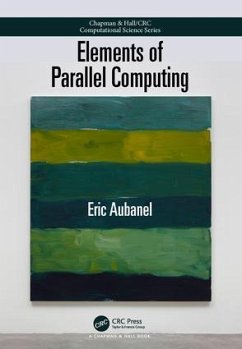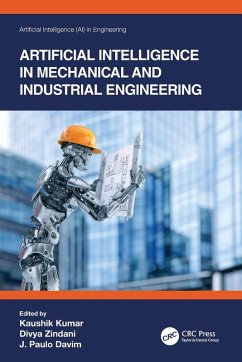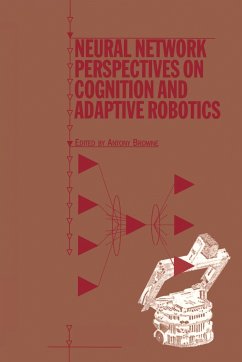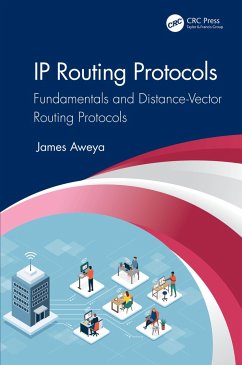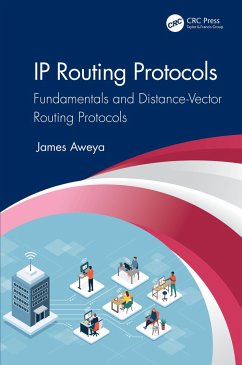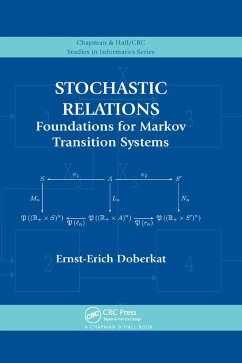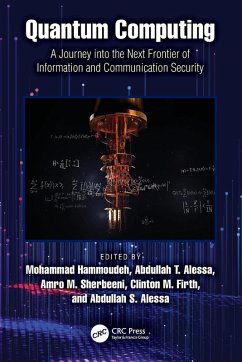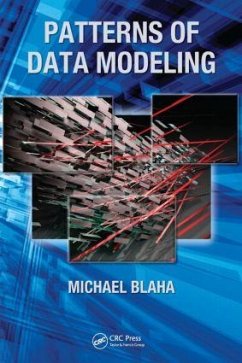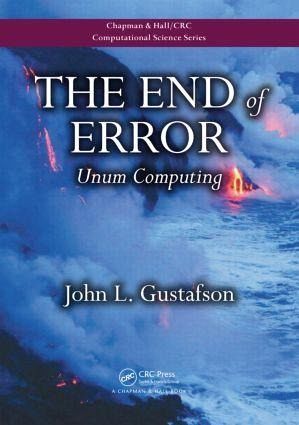
The End of Error
Unum Computing
Versandkostenfrei!
Versandfertig in über 4 Wochen
82,99 €
inkl. MwSt.

PAYBACK Punkte
41 °P sammeln!
Written by one of the foremost experts in high-performance computing and the inventor of Gustafson's Law, this groundbreaking book explains a new approach to computer arithmetic: the universal number (unum). The unum encompasses all IEEE floating-point formats as well as fixed-point and exact integer arithmetic. This new number type obtains more accurate answers than floating-point arithmetic yet uses fewer bits in many cases, saving memory, bandwidth, energy, and power. Richly illustrated in color, the book is accessible to anyone who uses computers for technical calculations.



